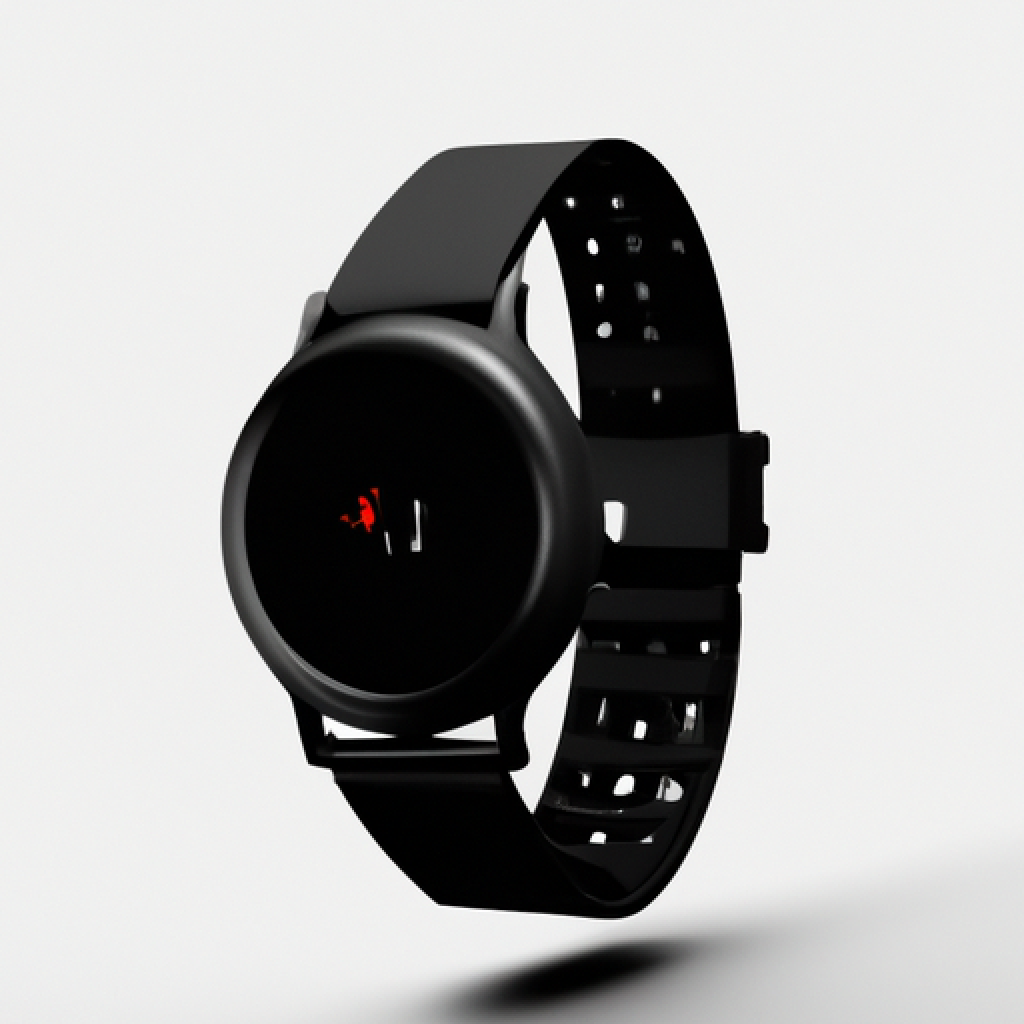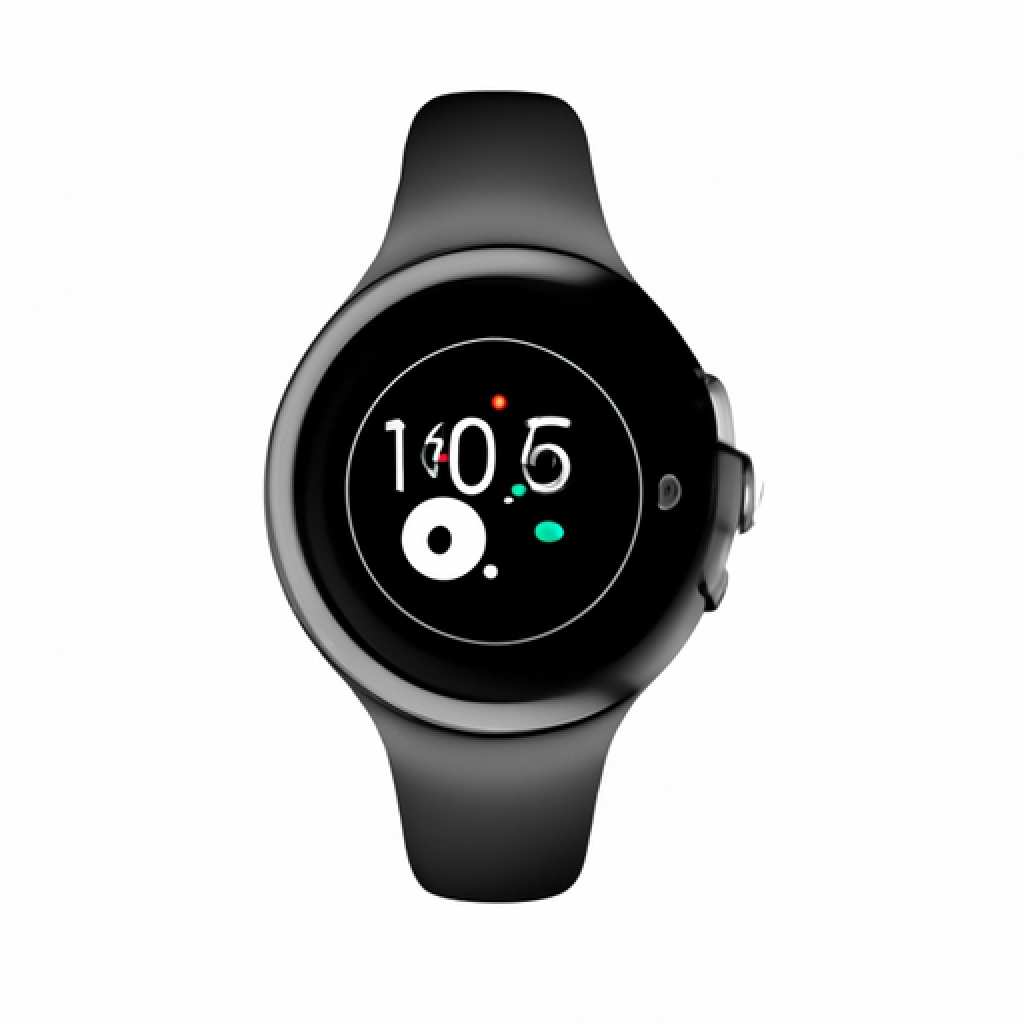What Is The New Wearable Technology In 2023?

In a world where technology continues to evolve at a rapid pace, it’s no surprise that wearable tech has become an integral part of our lives. From smartwatches to fitness bands, we’ve seen it all. But what does the future hold for wearable technology? In 2023, a whole new wave of innovation is set to take over, revolutionizing the way we live, work, and play. So, what can we expect from the latest and greatest in wearable devices? Let’s find out.

Emerging Trends in Wearable Technology
In recent years, wearable technology has become increasingly popular and integrated into various aspects of our daily lives. From fitness trackers to smartwatches, these devices have evolved to offer more advanced features and capabilities. As we look ahead to 2023, several emerging trends are shaping the future of wearable technology. This article will discuss the rise of augmented reality (AR) and virtual reality (VR) wearables, the increase in health-focused wearable devices, the demand for smart clothes and accessories, and the impact these advancements have on our daily lives.
Rise of AR and VR Wearables
One of the most exciting developments in wearable technology is the rise of AR and VR wearables. These devices allow users to experience virtual environments and interact with digital content in innovative ways. Advanced glasses and headsets are being developed to provide immersive experiences, whether for gaming, educational purposes, or even to enhance remote working and collaboration. With these wearables, users can escape into a virtual world and explore endless possibilities.
Increase in Health-Focused Wearable Devices
Health and fitness have always been popular areas for wearable technology, and this trend continues to grow in 2023. Personal health trackers are becoming more sophisticated, offering comprehensive insights into our physical activity, heart rate, sleep patterns, and more. Furthermore, medical-grade monitoring devices are emerging, enabling individuals to keep track of vital signs and potentially detect early warning signs of health issues. Additionally, wearable technology is being integrated into mental health management, with devices that monitor stress levels and provide mindfulness exercises for relaxation and emotional well-being.
Demand for Smart Clothes and Accessories
Beyond traditional wearable devices, there is a growing demand for smart clothes and accessories that seamlessly integrate technology into our daily attire. Smart fabrics and textiles are being developed with embedded sensors that can monitor body temperature, heart rate, or even provide resistance and support during exercise. Sports and fitness apparel, such as smart athletic shoes and workout gear, are becoming increasingly popular among fitness enthusiasts, as they offer real-time performance feedback and personalized coaching. Moreover, fashion and style-oriented smart wearables, like smart jewelry or customizable smartwatches, are bridging the gap between fashion and technology, allowing individuals to express their personal style while enjoying the benefits of wearable technology.

Innovative Features of New Wearables
The advancements in wearable technology are not limited to the types of devices available. These new wearables also come with innovative features that enhance the user experience. Non-invasive tracking features are being introduced, eliminating the need for uncomfortable straps or chest straps, making wearable devices more comfortable and convenient to wear. Moreover, artificial intelligence (AI) and machine learning advancements are enabling wearables to analyze data and provide personalized insights and suggestions. This technology can learn the user’s preferences and adapt to their behavior, delivering a more tailored and precise experience. Additionally, the battery life of wearables is improving, with better power options and longer-lasting batteries, reducing the need for frequent charging.
Security and Privacy Issues in Wearables
As wearable technology becomes more intertwined with our lives, it is essential to address the security and privacy concerns that arise with these devices. With the vast amount of personal data collected by wearables, data privacy and protection are of utmost importance. Manufacturers and developers must prioritize robust security measures to ensure the protection of user information. Additionally, secure payment technology in wearables is a growing concern, as these devices increasingly support payment functionalities. Implementing strong encryption and authentication methods is crucial to safeguard financial transactions conducted through wearables. Moreover, user identity verification strategies, such as biometric authentication, are being developed to provide additional layers of security.

Sustainable Wearable Technology
As consumers become more conscious of their environmental impact, the sustainability of wearable technology is gaining attention. Manufacturers are striving to adopt environmentally friendly manufacturing processes, reducing waste and minimizing the carbon footprint. This includes using recycled materials in wearable device production and employing energy-efficient manufacturing techniques. Furthermore, recyclability of wearable devices is being prioritized, allowing for the proper disposal and recycling of old or outdated devices. The longevity and maintenance of wearables are also being considered to extend their lifespan and reduce electronic waste.
Interconnectivity of Wearables
Wearable technology is not limited to individual devices but can also be integrated into broader ecosystems. This interconnectivity of wearables with the Internet of Things (IoT) is transforming the way we interact with technology. Wearable devices can seamlessly communicate and share data with other gadgets and appliances, creating a more integrated and connected environment. For example, wearables can connect with smart home devices, allowing users to control lighting, temperature, and security systems from their wrist or wearables can be used for remote access and control of other devices, such as unlocking doors or starting a car from a smartwatch.

Impact of Wearable Tech on Daily Life
The widespread adoption of wearable technology has significantly impacted our daily lives. These devices have brought about lifestyle changes, as users incorporate health and fitness tracking into their routines. Wearable tech allows individuals to monitor their physical activity, set goals, and track progress, leading to a more active and conscious lifestyle. Furthermore, wearable technology has improved productivity and convenience by offering seamless access to information, notifications, and communication without the need to constantly check smartphones or computers. This technology has become an integral part of our lives, influencing fitness and wellness trends and enhancing our overall well-being.
Future Prospects of Wearable Technology
Looking ahead, the future prospects of wearable technology appear promising. Predicted trends and advancements suggest that wearable devices will continue to evolve and become even more integrated into our daily lives. As technology continues to advance, we can expect smaller, more lightweight devices with enhanced functionalities. New market players are likely to emerge, bringing fresh perspectives and innovative ideas to the wearable technology industry. These advancements will have long-term effects on various industries, including healthcare, gaming, fashion, and communication, transforming the way we interact with technology and improving the overall human experience.








